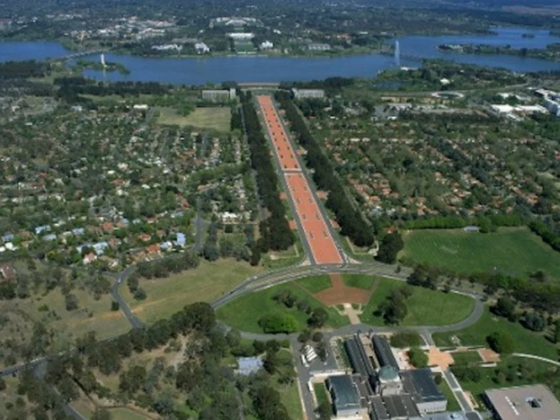Physical development of the child
The effectiveness of his knowledge of the world depends on the quality of the physical development of the baby. Active actions of the baby – turning, sitting, walking, manipulating with objects, create conditions for expanding space and increasing the number of objects, the properties of which a child can meet.
A positive role in the development of the physical sphere of the baby is played by general strengthening and developing exercises that can be implemented by every mother.
How to develop general physical movements in a baby
Head retention and management exercises
1. Put the baby on his back, raise a little and press his head to his chest, then bring your hands together over the chest.
2. Place the child on the stomach so that he relies on outstretched hands. At the same time, pay attention to the fact that the brushes are open, the chest is raised, and the chin is lowered.
3. Put the baby on his back, lift his body so that he touches his hands to his knees.
4. Place the child on your back. In order to stimulate raising the head and hold it for one minute, draw a hand along the body with your hand or show a bright toy, which you place at a distance of 50 – 70 centimeters from the baby.
5. Take the baby in your arms and hold his head at the base of the skull for 20 seconds. To stimulate the retention and turning of the head, a bright toy can be used, which moves on the left and right sides.
Exercises for mastering the ability to turn over
1. Place the child on your back. Put your hands to the baby under the shoulders and for some time sway him from side to side. Then lightly turn it on the stomach.
2. Place the baby to the back. Take a bright toy and attract the child’s attention to it. Then move the toy from top to bottom and put it next to the child so that he can see it, but could not get it. If the child is at a loss in independent turning, help him make this movement.
3. By six months, you can teach the baby to turn over from the stomach to his back. To do this, place the child on the stomach. Put a bright toy in front of him outside the free access zone. Then move the toy up above the child. If necessary, provide the baby with help, slightly turning him on his back.
Exercises to master the ability to sit
1. By six months, the child is ready to master the ability to sit. For this purpose, you need to strengthen the muscles of the abdomen and legs. To do this, put the baby on his back and begin to bend and bend his legs in the knees followed by turning them to the sides and the connection together. Take the child’s legs in your hands, alternately beg and pull them. In the end, grab both legs and make them a simultaneous impetus.
2. Put the pillow under the baby’s head. Then slowly lift the pillow, moving the child in a vertical position in this way.
Exercises for the development of the vestibular apparatus and coordination of movements
1. Put your child on your knees and, supporting him behind his back and head, slowly shake back and forward.
2. Take the baby by the waist, raise up, then lower it down, supporting it in an upright position.
3. Sit on a chair, cross your legs and put your baby on your knees, clasping him behind him. Then begin to raise and lower your legs, thus changing the position of the baby. You can accompany your movements with the following words: “Let’s go, go to the hole -!”
Hand movements exercises
1. Put the baby on your back. Take his pens in your hands. Make a child with the hands of stroking and rubbing your palms, tapping with fists, grabbing ribbons, sticks, rubber and soft toys.
2. Put the child on your back. Smoothly spread your baby’s hands to the sides and shake with tassels, imitating the actions of the porch of the birds.
3. Put the baby on your back. Take it by the handles, raise them up, then spread it to the sides, then cross it on the chest and lower it down.
4. In order to capture and move toys and objects of different sizes and textures, put them in front of the child in the reach. If the baby does not pay attention to the proposed objects, show him the method of action with them.
The presented exercises do not exhaust the full range of developmental tasks for the development of the child. Assessing the capabilities of your child, you can independently diversify them and complicate (or simplify).


